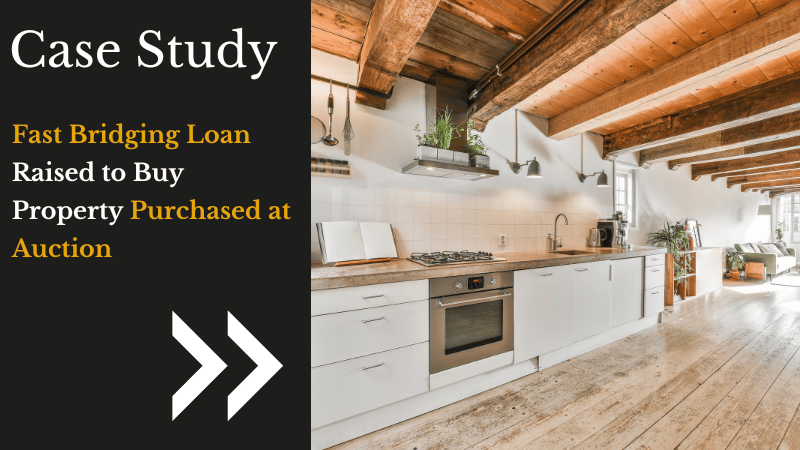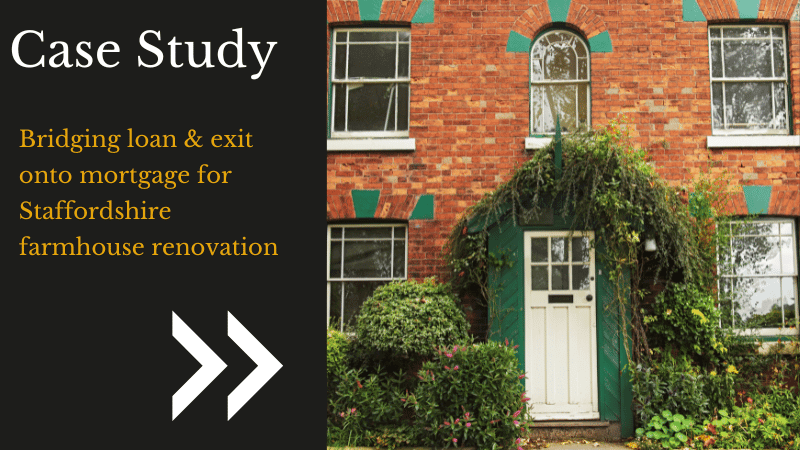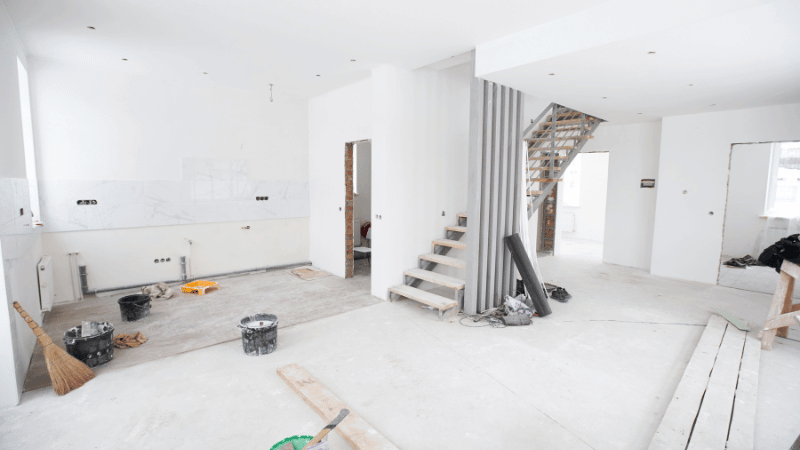Categories
What is a Bridging Mortgage?

The best property opportunities are often taken by those who can act fastest.
While a traditional mortgage is an excellent loan solution for long-term use, they are quite slow moving and can mean you miss out on property you’re after while you wait for the finance to catch up.
Commonly known as a bridging loan or bridging finance, a bridging mortgage is a short-term financial solution that provides the needed capital when a standard mortgage is simply inadequate. At Clifton Private Finance, our bridging team can help you secure the finance you need in the timeframe you need it.
Key Takeaways
- Bridging mortgages are short-term financial solutions designed for situations where traditional mortgages are too slow
- They allow buyers to act quickly in competitive property markets, with funding potentially available in days rather than months
- Common uses include: buying before selling your current home, auction purchases, breaking property chains, and renovation projects
- They typically last 12-36 months
- You can roll interest and fees into the final balance rather than requiring monthly payments
- Interest is calculated monthly (as low as 0.55% per month in 2025)
- They are secured against property value rather than income
- They require a clear "exit strategy" for repayment
- Additional costs include arrangement fees (1-2%), valuation fees, legal fees, and broker fees
- While more expensive than traditional mortgages, a bridging mortgage can provide strategic advantages that outweigh the costs
- Clifton Private Finance are an independent broker that can help you through the entire process
Get started with our calculator
Why Use a Bridging Mortgage?
A bridging mortgage isn’t an alternative to a standard mortgage - it’s a product specifically designed to solve the problems that occur in property purchases that cannot be solved with traditional long-term finance. Common reasons to consider a bridging mortgage include:
- Buying before selling - When you want to secure a new home before your current one is sold (or even on the market), a bridging mortgage gives you the buying power.
- Buying property at auction - Auction purchases must be completed in 28 days, which is shorter than a mortgage can be put in place.
- Being a strong link in the chain - If your sellers pull out but you don’t want to lose the property you’ve put an offer on, a bridging mortgage can turn you into a cash buyer.
- Renovation projects - Strict mortgage underwriting rejects properties that are uninhabitable. Bridging mortgages provide the money needed to buy the property and fully renovate it to meet mortgage criteria.
- Care considerations - If the homeowner needs to go into care, a bridging mortgage can provide the funds while the house is put on the market.
- Business needs - Bridging mortgage allows you to leverage property and release equity for commercial use.
Traditional mortgages require complex underwriting to evaluate the finance from the perspective of a long-term arrangement.
This enables lenders to make rapid decisions evaluated on different criteria, making it the perfect answer to many property purchase problems.
For a more comprehensive understanding, read our comprehensive guide to bridging loans.
The Structure of Bridging Mortgages
One of the key differences between bridging mortgages and more familiar mortgages is with the structure. To facilitate the different needs of short-term bridging over long-term repayment, bridging mortgages:

Are short-term only - Most bridging mortgages are set up as a 12-month arrangement, though some bridging mortgages can be for as long as 36 months. Unlike a mortgage, they can be repaid at any time with no early repayment charges, so if you find your exit strategy occurring a few months down the line, you can clear the balance and avoid any more interest.

Roll fees and interest into the loan balance - Instead of being repaid monthly, bridging mortgages add the interest and any fees onto the overall total to be repaid in full at the end of the agreement.

Calculate interest monthly not annually - The short-term nature of bridging mortgages means interest is calculated and added to the balance each month. Early repayment is encouraged.

Are based on property collateral, not income or affordability - When applying for a bridging mortgage, the most important factor for lender risk assessment is the property (or properties) used as security, not your personal income or outgoings.

End when the exit strategy occurs - Lenders expect a defined plan for repayment in full before the end of the term, called the ‘exit strategy’. This is typically by refinancing with a traditional mortgage, or by selling the property if bought to renovate and sell on.
Recent Case Studies
The Cost of a Bridging Mortgage
The flexibility of a bridging mortgage does come with a cost, and it’s important to understand from the outset that it is more expensive than traditional mortgages.
Bridging mortgages, however, are becoming more widespread across the UK helping to improve competition between lenders and lower interest rates and fees. By using a professional bridging broker like Clifton Private Finance, you gain access to the full marketplace of UK lenders as well as our years of expertise. Together we can get you the property finance you need at the most competitive rates.
Other costs to consider are:
- Arrangement fees - Typically 1% to 2% of the total finance.
- Valuation and legal fees - Similar to traditional mortgage fees.
- Broker fees - Standard fees are £995.
- Exit fees - These are rare and at Clifton Private Finance we prefer to work with lenders who do not charge exit fees, however, some lenders do add this additional cost.
For a deeper explanation read our dedicated article on bridging finance costs. To understand how much finance may cost for your individual needs, try our Bridging Loan Calculator, which will provide you with a detailed estimate of interest and fees based on your specific requirements.
Getting a Bridging Mortgage with Clifton Private Finance
Bridging mortgages are not just another mortgage option, they're a powerful short-term finance solution that gives you power in a rapidly moving property market.
- Standard Mortgages - For long-term property ownership, with slow underwriting that considers your income and affordability, and regular monthly repayments over many years.
- Bridging Mortgages - For short-term needs that make the most out of opportunities, secured through asset value and repaid through an exit strategy typically formed with mortgage-based refinancing.
At Clifton Private Finance, we offer a full service that will help you through the complicated bridging process.
We will:
- Compare lenders to find competitive rates and terms that work for you.
- Explain your options and work with you throughout the process so you can make informed decisions.
- Manage your application process, including working alongside the legal team to make sure everything runs smoothly.
- Help you structure your exit strategy, ensuring the replacement mortgage is obtained as quickly as possible to minimise costs.
With Clifton Private Finance and a bridging mortgage, no home is out of sight, no matter how unusual the property or tight the deadline. Give us a call today to get the process started - and experience how quickly bridging a mortgage can work to get you what you want.
Get started with our calculator

Fergus Allen
Head of Bridging
Let us do all the hard work of finding the right bridging lender for your circumstances.
We secure bridging finance for applications of all types, and we negotiate competitive lending to meet your needs and timescale.
















